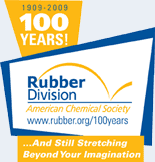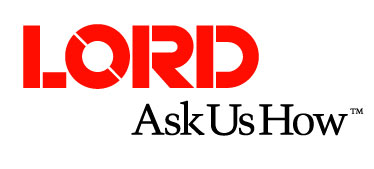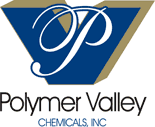![[ Visit ACS Rubber Website ]](images/logo.jpg) |
|
Centennial Elite SponsorsBecome a Centennial Elite Sponsor |
158 Numerical Modeling of Coal-Tire Shred Co-FiringThursday, October 15, 2009: 2:00 PM
329 (David L. Lawrence Convention Center )
Tires, plastics, cellulosic materials (papers and cardboards) are rich in hydrocarbon yet landfilling of the waste of these materials is still practiced causing potential risk to our ecosystem through gas (essentially CH4) emissions and ground water leaching. Co-firing within the existing infrastructure of pulverized coal utility boilers is considered a practical near-term solution for these rich hydrocarbon waste materials while minimizing capital requirements and maintaining the high efficiency of pulverized coal boilers. It is also encouraging renewable energy. Numerical modeling of coal/tire shred fuel blend co-firing is presented in this study. Co-combustion of tire shred and coal is a complex problem that involves gas and particle phases, along with the effect of turbulence on the chemical reactions. Coal/tire shred combustion modeling involves the prediction of volatile evolution and char burnout from the co-pulverized coal/biomass particles along with simulation of the combustion chemistry occurring in the gas phase. The mathematical models used for co-pulverized coal/tire shred particle combustion consist of models for turbulent flow (RNG k- ε model); gas phase combustion (two mixture fractions/PDF model: one mixture fraction is used for the fuel (char) and the second for the volatiles); particles dispersion by turbulent flow (stochastic tracking model); coal/biomass particles devolatilization (two competing rates Kobayashi model); heterogeneous char reaction (kinetics/diffusion limited rate model); and radiation (P-1 radiation model). The coal used is a Canadian high sulfur bituminous coal. The coal was blended with 5 to 20% tire shred (thermal basis) for co-firing. The effect of the percentage of tire shreds blended with coal on the velocity field, temperature distribution, particles trajectories and pollutant emissions at the exit of the furnace will be presented. One important result is the NO and CO2 emissions when using co-combustion which depends on the proportion of coal/tire shred blended with coal.
|









